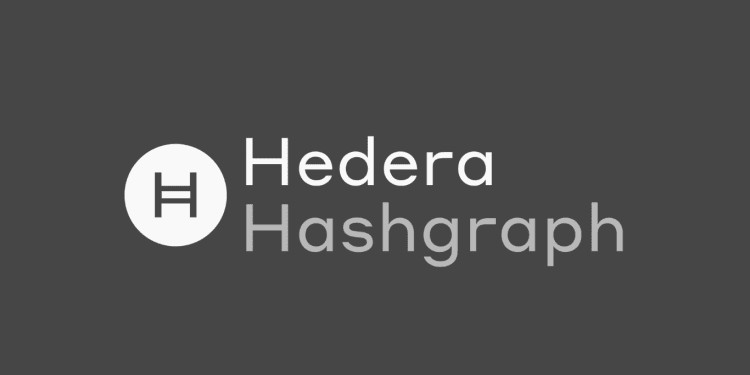- Hedera Hashgraph has integrated ChatGPT, to assist developers in understanding its smart contract capabilities and functionality.
- This move follows similar initiatives by Polygon and Etherscan, blockchain companies that have also adopted AI to improve their user experience.
- The increasing trend of integrating AI into blockchain projects signifies a symbiotic relationship between the two technologies.
The world of blockchain technology is constantly evolving, and artificial intelligence (AI) is increasingly playing a significant role. This synergy is observed in the recent integration of ChatGPT, an advanced AI model developed by OpenAI, into Hedera Hashgraph. Hedera, the next-gen public ledger, is the latest blockchain-based project to embrace the application of AI, following suit from blockchain scaling solution Polygon and Ethereum blockchain scanning website Etherscan.
Hedera Hashgraph has adopted OpenAI’s language model, ChatGPT, to assist developers in understanding its smart contract capabilities. The inclusion of this advanced AI assistant is expected to greatly enhance the interaction between developers and the Hedera ecosystem. By providing real-time responses to queries regarding the coding and execution of smart contracts on Hedera, ChatGPT promises to make it easier for developers to navigate the platform.
The Growing Trend of AI in Blockchain: Polygon and Etherscan
Through this integration, Hedera joins an increasing number of blockchain companies leveraging AI to improve their user experience and platform functionality. AI chatbots like ChatGPT can provide instantaneous responses to complex queries, offering significant potential to reduce the learning curve associated with blockchain development.
Hedera’s adoption of ChatGPT follows in the footsteps of other trailblazing blockchain companies. Polygon, known for its Ethereum scaling solutions, recently launched its AI assistant, Polygon Copilot. Developed in partnership with application developer LayerE, Polygon Copilot incorporates OpenAI’s GPT-3.5 and GPT-4 models.
Designed to cater to various user levels, the Copilot offers three tiers: Beginner, Advanced, and Degen. The chatbot’s aim is to provide insights, analytics, and guidance based on Polygon protocol documentation, thus unlocking a world of interaction possibilities. However, like any nascent technology, Polygon also stresses that users should not take all of the chatbot’s answers at face value, due to the possibility of inaccuracies.
Meanwhile, Etherscan, one of the most widely used Ethereum blockchain scanners, has introduced an AI-powered tool to aid users in interpreting the source code of smart contracts. This tool, named the “Code Reader”, uses AI technology from OpenAI, providing users with an ability to ask for explanations of the entirety or parts of the source code of a smart contract.
AI and Blockchain: A Symbiotic Relationship
The trend of integrating AI into blockchain-based projects highlights the symbiotic relationship that these technologies can have. AI can significantly enhance user experience and functionality on blockchain platforms, while blockchain can provide the transparency, security, and immutability that AI applications may need.
The increasing application of AI in the blockchain sector can ultimately lead to more effective platforms, boosting the usability and accessibility of blockchain technology for a wide range of users. With pioneers like Hedera, Polygon, and Etherscan leading the charge, we can expect this trend to accelerate as more blockchain companies begin to recognize the benefits of AI integration.














